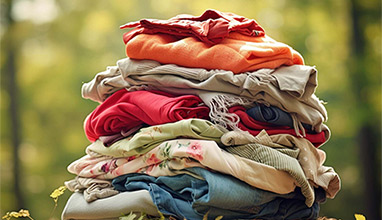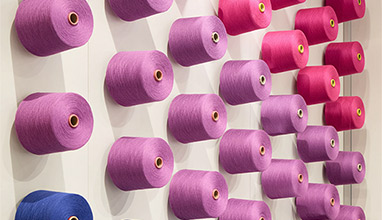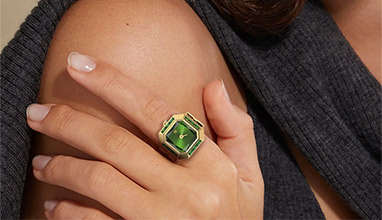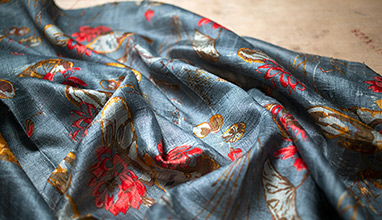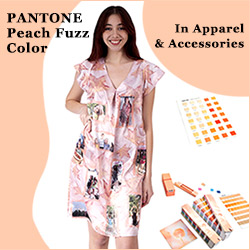Chinese Symbolism in Fashion: Meaning, Heritage, and Modern Expression
Chinese art and culture have long influenced global fashion, bringing with them a rich visual language built on metaphor, philosophy, and poetic symbolism. Today, designers around the world draw inspiration from traditional motifs - birds, flowers, mythical creatures, and natural elements—to infuse garments with deeper cultural meaning and emotional resonance. Whether appearing in haute couture, streetwear, or luxury textiles, these motifs are far more than decorative flourishes: they carry centuries of stories, virtues, and beliefs.

Photo: Depositphotos
Below is an exploration of key Chinese symbols often seen in fashion, including the herons and chrysanthemums found in the pattern you shared, as well as other iconic symbols commonly woven into fabric designs.
1. The Heron – Grace, Purity, and the Path to Success
In the artwork provided, the white heron (or egret) stands out as a central motif. In Chinese symbolism:
-
Herons represent purity and elegance, admired for their slender form and graceful movement.
-
The Chinese word for heron, lù (鹭), is a homophone for lù (禄), meaning official salary, prosperity, or fortune.
-
For this reason, herons also symbolize career success, a smooth path in life, and social mobility.
When used in fashion, herons evoke sophistication and noble character - ideal for luxury prints, scarves, dresses, and embroidered textiles.
2. Chrysanthemum – Resilience, Virtue, and Longevity
The chrysanthemum is another prominent element in the pattern and a deeply respected flower in Chinese culture. It is one of the “Four Gentlemen” - orchid, bamboo, plum blossom, and chrysanthemum -motifs representing noble virtues in traditional painting.
The chrysanthemum symbolizes:
-
Strength and resilience, as it blooms in late autumn
-
Inner calmness and integrity
-
Long life and rejuvenation
In fashion, it is often used to express stability, maturity, feminine elegance, and refined taste.
3. Peony – Wealth, Beauty, and Nobility
Often called the “King of Flowers”, the peony is one of the most famous symbols in Chinese fashion textiles.
It represents:
-
Prosperity and abundance
-
Feminine beauty
-
Honor and high social status
-
Romance and affection
Peonies are frequently found on qipaos, runway gowns, and decorative silk prints, especially in red and pink tones that amplify auspicious meaning.
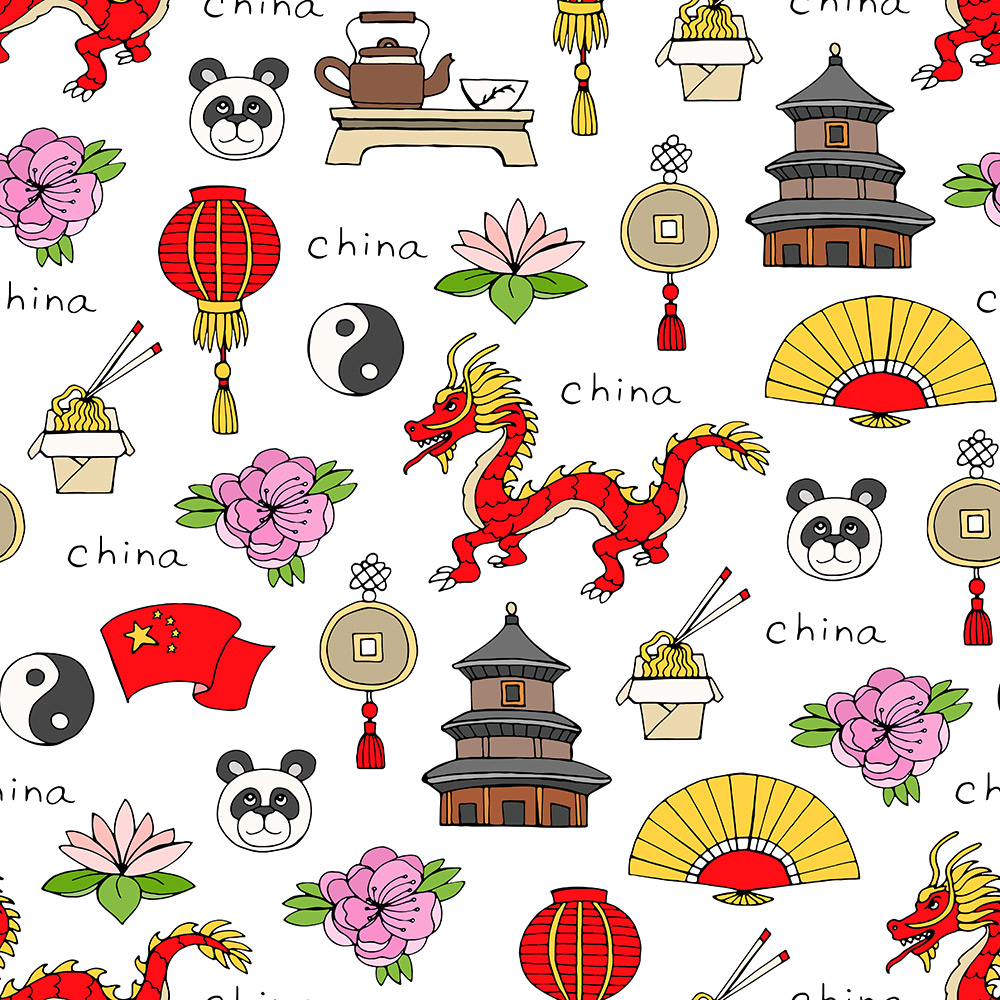
Photo: Depositphotos
4. The Dragon – Power, Good Fortune, and Authority
No symbol is more iconic in Chinese culture than the dragon:
-
Representing strength, success, protection, and cosmic power
-
Considered a positive, benevolent force, unlike Western dragons
-
Historically worn by emperors as a symbol of absolute authority
In contemporary fashion, dragon motifs appear in streetwear, high fashion embroidery, and luxury prints, symbolizing boldness and ambition.
5. The Phoenix – Rebirth, Femininity, and Harmony
The phoenix is often paired with the dragon to symbolize:
-
Balance between feminine and masculine energies
-
Rebirth, transformation, and beauty
-
Good fortune and harmony, particularly in marriage
Designers use phoenix imagery to celebrate empowerment, renewal, and high femininity—a powerful statement in modern fashion aesthetics.
6. Lotus – Purity, Enlightenment, and Inner Strength
The lotus holds deep spiritual value:
-
A symbol of purity, as it blooms from muddy water untainted
-
Represents spiritual growth and enlightenment
-
Associated with calmness, grace, and inner strength
Lotus motifs commonly appear in minimalist prints, delicate embroidery, and modern sustainable fashion designs.
7. Bamboo – Flexibility, Strength, and Integrity
Bamboo is admired for its ability to bend without breaking. It symbolizes:
-
Resilience and moral uprightness
-
Longevity
-
Scholarly elegance
Its simple geometric form makes it ideal for contemporary graphic design, often used in menswear, uniforms, and refined casual wear.
8. Clouds, Waves, and Mountains – Balance and Natural Harmony
Chinese fashion also frequently incorporates symbolic patterns inspired by nature:
-
Cloud scrolls: Auspicious energy, luck, and divine connection
-
Ocean waves: Movement, prosperity, and life’s cycles
-
Mountain peaks: Stability, strength, and grounding
These motifs often appear in jacquards, brocades, and kimono-inspired silhouettes.
Modern Fashion: A Fusion of Aesthetics and Symbolism
Today, Chinese cultural symbols appear across global fashion in fresh, innovative ways. Designers reinterpret traditional motifs using:
-
Digital prints
-
Satin and silk textiles
-
Embroidery and appliqué
-
Dark or minimalistic palettes
-
Avant-garde silhouettes
The result is a blend of modern elegance with deep cultural storytelling.
Chinese symbolism in fashion is more than aesthetic decoration - it is a language of beauty, philosophy, and identity. From the noble chrysanthemum to the powerful dragon, each motif carries layers of meaning that enrich the garments they adorn. As fashion continues to globalize, these symbols retain their cultural depth while becoming universally admired expressions of artistry and storytelling.
Hits: 48 | Leave a comment
Tags:Chinese art, China, fashion symbols




